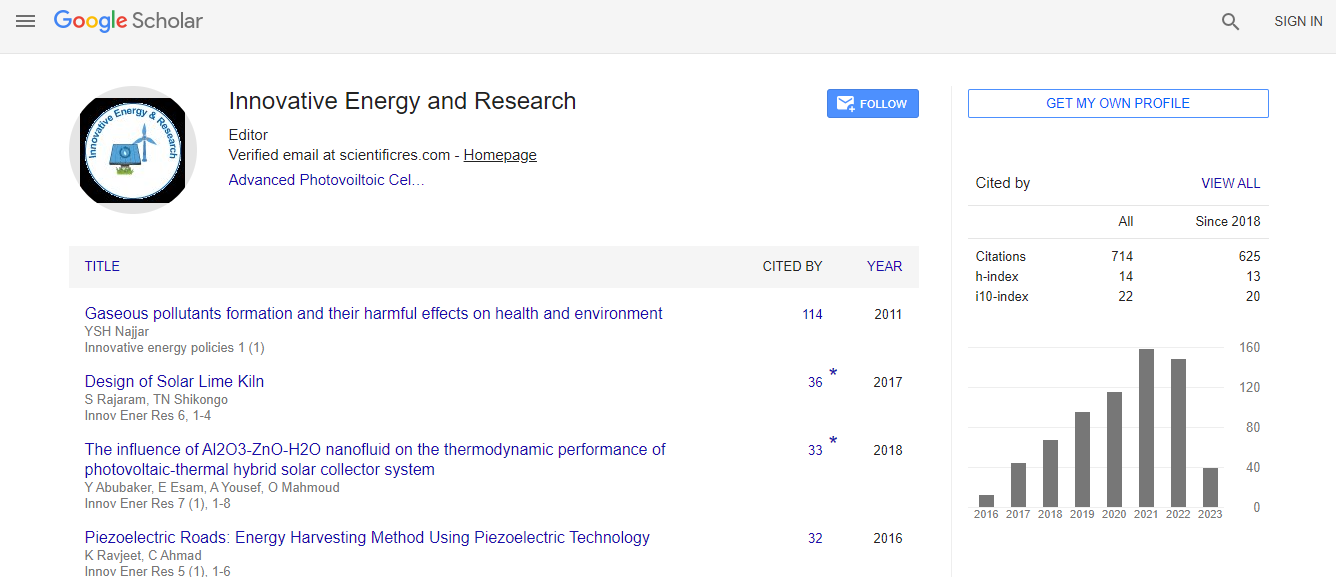Review Article
A Review on Energy Management in Textile Industry
Prakash Khude*Department of Textile Technology, Indian Institute of Technology, Delhi, India
- *Corresponding Author:
- Prakash khude
Department of Textile Technology
Indian Institute of Technology, Delhi, India
E-mail: khude009@gmail.com
Received date: August 12, 2017; Accepted date: August 29, 2017; Published date: September 06, 2017
Citation: Khude P (2017) A Review on Energy Management in Textile Industry. Innov Ener Res 6:169.
Copyright: © 2017 Khude P. This is an open-access article distributed under the terms of the Creative Commons Attribution License, which permits unrestricted use, distribution, and reproduction in any medium, provided the original author and source are credited.
Abstract
In textile mill, electricity consumption is in increasing trend, due to modernized machines and continuous usage of the equipment’s in inefficient operating parameters. Textile sector may be considered as one of the largest industrial sector in India and at the same time it is also one of the oldest sectors in the country. Even after a lot of technological development globally, most of the mills are using the same old technology. The energy cost is around 15%-20% over the production cost and it stands next to raw material cost. Hence now a day’s area of focus is towards energy consumption at load end and by optimizing the efficiency of the motor. Although for the last few years process of modernization in textile industries are underway but still the pace is slow. So, in order to include major players of textile sector as well as other energy intensive industries for energy efficiency movement. In this paper, influence of various areas of energy consumption and process of optimisation in textile mill on energy conservation is discussed with practical data.

 Spanish
Spanish  Chinese
Chinese  Russian
Russian  German
German  French
French  Japanese
Japanese  Portuguese
Portuguese  Hindi
Hindi 
